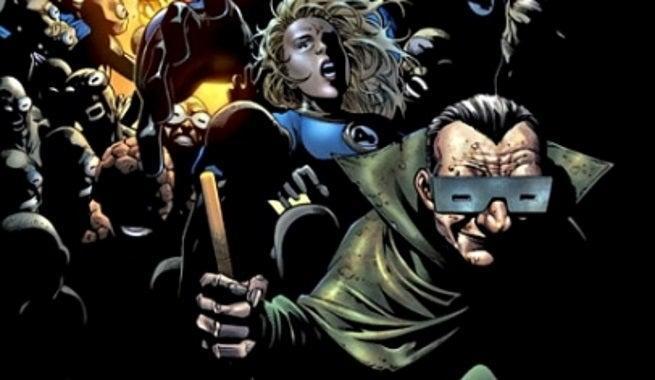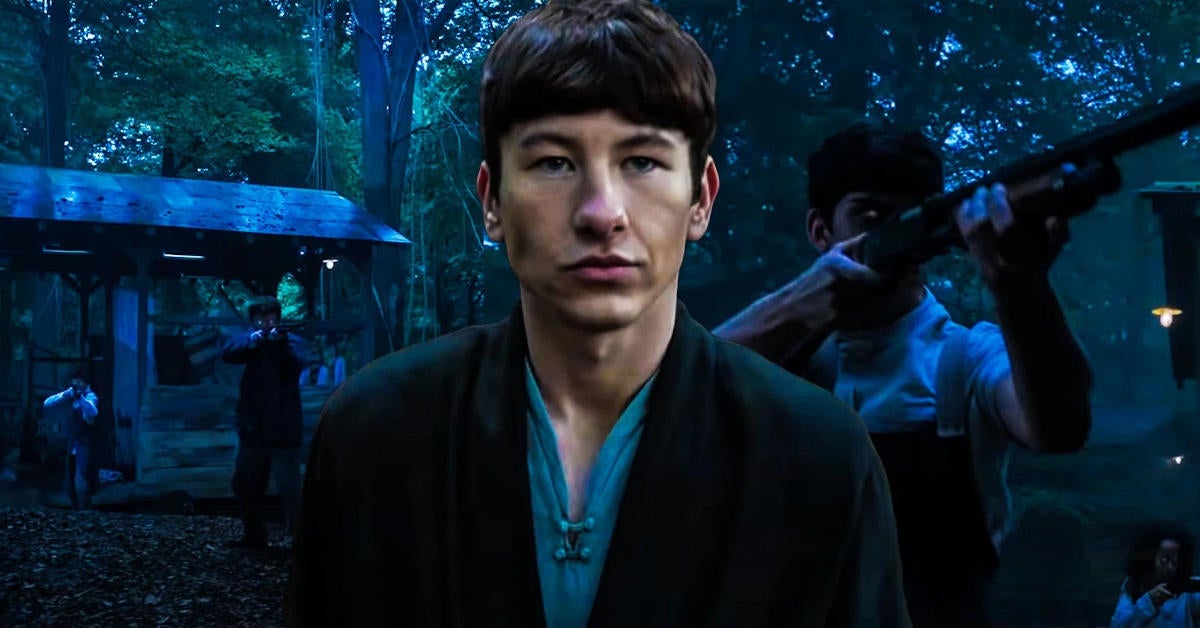“Catwoman saving women from a face cream felt a bit soft,” Berry says as the DC movie turns 20.
2004’s Catwoman, starring Halle Berry in the title role, was envisioned as an origin story for DC’s feline femme fatale with themes about the beauty industry’s toxicity. The Oscar-winning Monster’s Ball actress played Patience Phillips, a bookish artist resurrected with cat-like powers after she’s killed by cosmetics company CEO Laurel Hedare (Sharon Stone), a supermodel-turned-supervillain with marble-like skin. Hedare’s literally toxic product was a revolutionary beauty cream that could reverse the effects of aging — and disintegrate the faces of women who stopped applying it.
After starring as Marvel’s weather-wielding mutant Storm in the Fox-made X-Men movies, Berry was disappointed that her first superhero solo outing boiled down to, essentially, saving women from villainous skincare.
“I always thought the idea of Catwoman saving women from a face cream felt a bit soft. All the other superheroes save the world; they don’t just save women from cracked faces,” Berry told EW. “I always knew that was a soft superhero plight, but at that time in my career, I didn’t have the agency I have today or belief that I could challenge that, so I went along with it.”

Halle Berry and Sharon Stone in Catwoman (2004)
– Warner Bors. Pictures)
Added screenwriter John Brancato, “There were a lot of things in [our initial draft] that I liked. One of the things it played a lot with was images of beauty and the fact that women are sold this bill of goods of having to look good all the time and wear makeup. Patience rebelled against all of that and felt like she was bad at being a woman because she doesn’t do all of that, but it lost a lot of its social context [by the time of production], which is what had been appealing from the outset for me. It’s still a beauty company, but it doesn’t have the sharpness of how that beauty culture is toxic for its victims.”
Patience and Laurel, both original characters, emerged from a screenplay that was intended to be a grittier, lower-budget origin story from French director Pitof. “It evolved into a bigger movie,” producer Denise Di Novi recalled, one that was reworked — and reworked, and reworked — as a standalone rather than an extension of the Batman movies. (At the time, studio Warner Bros. was developing the 2005 Christopher Nolan-directed reboot Batman Begins.)
“The interesting thing was all the rules handed to us from the first phone call: ‘You can’t mention Batman.’ That was an absolute rule,” Brancato said, “a Warner Bros. corporate decision to keep this separate from the Batman universe.”
“The beauty of doing it was because it wasn’t in the Batman universe,” Berry added. “Men, historically, get to have big franchises that revolve around them. This was an opportunity to be forward-thinking, pushing that envelope for women. Why can’t we have our own superhero movie that revolves around us and our universe?”
According to Di Novi, there was “a lot of sexism involved” in separating Catwoman from Batman for the character’s first live-action appearance since Michelle Pfeiffer suited up as the leather-clad Catwoman in 1992’s Batman Returns. “It was a female character. I pushed for it to be a feminist saga,” she said. “I think [the studio] didn’t fully embrace it because it was a female main character with no leading man.”







